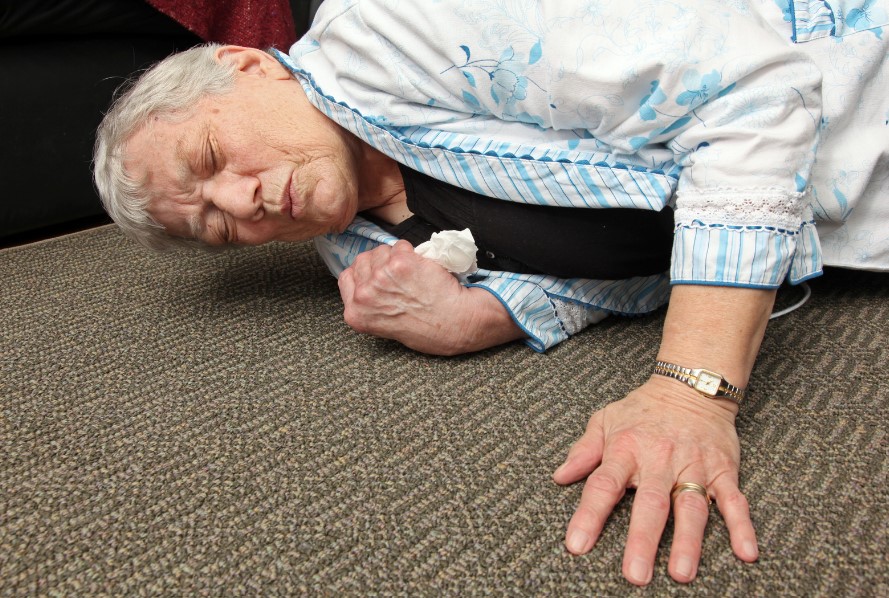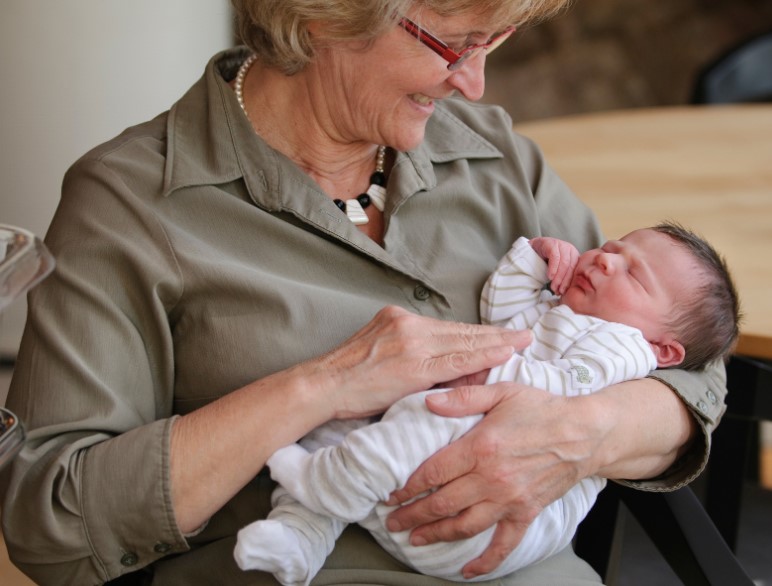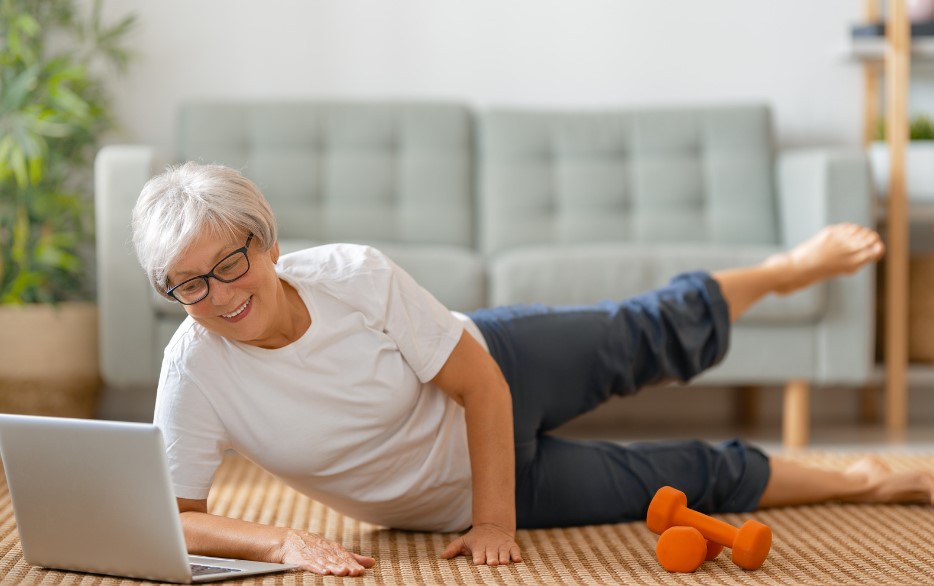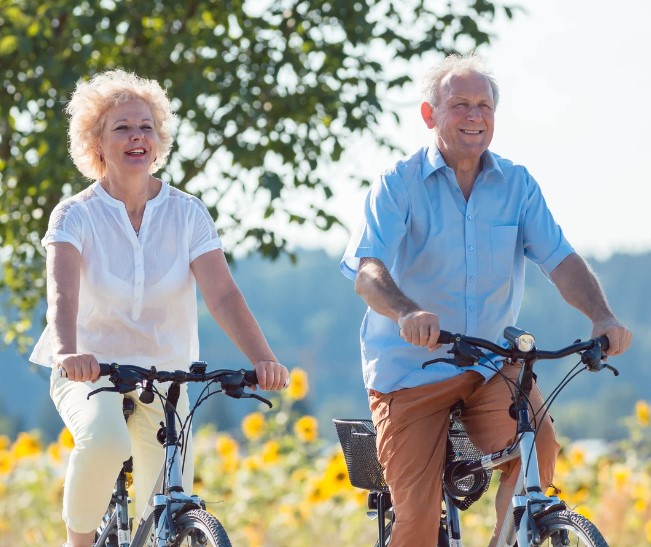Unfortunately, at some point, we may find ourselves going about our daily activities one moment and suddenly ending up in a compromised horizontal position the next.
These unexpected falls can lead to embarrassment, pain, injury, and, in some cases, life-altering consequences.
The causes of these moments of instability can vary. They may result from falls during athletics or sports activities, failure to navigate obstacles in our path, poor eyesight, low-light situations, or declining strength and motor skills associated with inactivity.
But why do these events become more frequent as we age? And can we do anything proactively to retain or improve our sense of balance?
To understand this, let’s look at the systems involved in balance.
Our bodies rely on three main mechanisms for gathering information and relaying it to the brain.
These are the vestibular system, the ocular system (eyes), and the proprioceptive system.

The vestibular system acts like a gyroscope, providing rapid feedback to the brain about body positioning and movement velocities.
The ocular system communicates what is happening around us through visual feedback.
And the proprioceptive system sends feedback to the brain regarding the placement of our extremities, posture, alignment, and environmental factors such as slipperiness or temperature.

As our bodies age, various factors can impact the efficiency and effectiveness of these systems. Visual degeneration, hearing loss, muscle loss (sarcopenia), orthopedic disorders, and other issues can compromise our sense of balance and increase the risk of falls.
However, there are proactive measures we can take, even as we age, to manage factors that adversely affect our sense of balance.
Why is proactively managing movement balance important?
According to the U.S. Centers for Disease Control and Prevention:
- One in four Americans aged 65 and older falls annually.
- Every 11 seconds, an older adult is treated in an emergency center for a fall.
- Every 19 seconds, an older adult succumbs to fall-related injuries.
- Falls are the leading cause of fatal injury and the most common cause of non-fatal trauma among older adults.
- In 2020, medical costs associated with falls exceeded $67.7 billion.
Prime risk factors:
For many retirees, falls often stem from sedentary lifestyles that lack regular strength-based exercise, aversions to movement-based activities, and the misconception that significant functional decline is a normal part of aging.
This combination leads to joint destabilization, reduced skeletal support, diminished work capacity, compromised posture, difficulties walking with a steady gait, navigating uneven surfaces, and reacting quickly to instability. Consequently, there is a significant decline in movement balance and an elevated risk of falling.
How to minimize your risk:
The good news is that statistically, 90% of falls are preventable! Numerous studies have shown that regular strength-based exercise, a physically active lifestyle, and participation in mind-body activities like yoga and tai-chi can significantly reduce fall risk while enabling an enjoyable, active lifestyle well into advanced age.
What makes this approach so effective?
Exercise positively impacts all the systems involved in balance regulation.
The key is to remember that “to be good at moving, you have to move.”
Regular strength exercise improves movement mechanics, posture, strength, power, proprioceptivity (body awareness), and mechanical awareness.
Mind-body exercises such as yoga and tai-chi enhance proprioceptivity, postural awareness, gross motor skills, and hand-eye coordination.
These exercises don’t have to be incredibly intense or difficult to be effective; they must be done correctly and consistently.
So remember, STAND STRONG, STAND TALL, and DON’T FALL!
Taking proactive steps to improve your sense of balance can significantly impact your overall well-being, quality of life, and prevent painful/preventable/costly incidents.
Joe Carson B.S. NASM-CPT/FAS/CN
Master Trainer/Functional Aging Specialist/Certified Nutritionist
Twenty-First Century Aging





